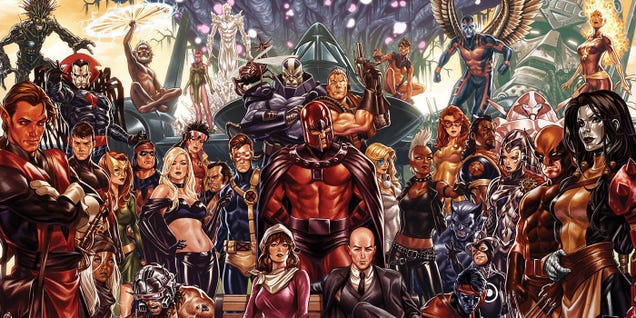Veteran Seattle-area game designer Jordan Weisman might be most famous for co-creating the tabletop games BattleTech, Shadowrun, MechWarrior, and Earthdawn. In 2011, Weisman co-founded the Seattle game studio Harebrained Schemes, which was acquired by Swedish firm Paradox Interactive in 2018 before going independent earlier this year. “I’m old,” Weisman says, “and I’ve been making a lot of trouble for a long time.” Weisman’s latest attempt to make trouble is Adventure Forge, a no-code, AI-driven toolset for game development. Weisman’s new company Endless Adventures Inc. plans to publish Adventure Forge on Steam Early Access in 2024. The company raised $1.5 million… Read More Read More GeekWire
Veteran Seattle-area game designer Jordan Weisman might be most famous for co-creating the tabletop games BattleTech, Shadowrun, MechWarrior, and Earthdawn. In 2011, Weisman co-founded the Seattle game studio Harebrained Schemes, which was acquired by Swedish firm Paradox Interactive in 2018 before going independent earlier this year.
“I’m old,” Weisman says, “and I’ve been making a lot of trouble for a long time.”
Weisman’s latest attempt to make trouble is Adventure Forge, a no-code, AI-driven toolset for game development. Weisman’s new company Endless Adventures Inc. plans to publish Adventure Forge on Steam Early Access in 2024. The company raised $1.5 million to help fuel development.
Other employees include David Reid, a former NCSoft and Microsoft exec and the founder of the now-defunct MetaArcade; and Enrique Garcia, a former creative director at Microsoft Entertainment.
Weisman said his son had created a physical card role-playing game where the deck represented your character.
“We thought that was a little too random to have much narrative depth,” he said. “So I thought, well, why don’t I design an app that can be the game master [for you]?”
The card game was never released, but it got Weisman started on creating the authoring system that eventually became Adventure Forge. For a couple of years, he worked on the system as a side project alongside a couple of other engineers.
“Eventually what I arrived at was creating a series of highly contextual drop-down menus that automatically populate with everything you create,” Weisman said. “As you create characters and locations and all that stuff, eventually you can just mad-lib your way through it.”
This allows a user to make their own narrative games with Adventure Forge without having to know anything about programming or code. The sorts of games that can be made run along a spectrum, ranging from text-only adventures (Zork) and visual novels to isometric RPGs, such as the first Baldur’s Gate or Harebrained’s Shadowrun Returns.
In addition, Adventure Forge features a built-in generative AI, but one with a deliberately limited base of original material. That AI was created by a startup called Scenario.GG, which built it on top of a Stable Diffusion system that has only been trained on art provided to it by Endless Adventures. This allows any assets built by the AI to maintain a consistent visual style, as well as sidestepping issues of creative control that have arisen from other generative AIs.
EAI’s first original universe for Adventure Forge is called Tales of Fortunata. Set in a high-fantasy world that’s based on Renaissance-era Italy, Tales follows the exploits of Fortunata di Penna, a rising star in the thieves’ guild of the floating city of Venezia.
Users of Adventure Forge can use Tales as a preexisting setting for the games they create, in the same way that a tabletop gaming group might use an official sourcebook. In addition, EAI plans to make several of its own games in the Tales setting.
An official sample of art and gameplay from Tales of Fortunata, the first official setting for Adventure Forge. Here, EAI has created a dialogue-based RPG in the spirit of Disco Elysium or Slay the Princess. (Endless Adventures Image)
Toward that end, EAI’s internal artists have created 1,500 pieces of art that match Tales’ environment, such as wall textures and props. For anything else a particular creator might need, there’s Scenario.GG’s AI.
“I’m confident that we haven’t come up with everything that [players] will want,” Weisman said, “so we wanted to give them an easy mechanism to add things that are in the right style for whatever they might need in their level design. The hope is that creators find lots of interesting ways to mix all those tools together.”
Users can then share their games with one another privately, to groups, or in a number of other ways, including the possibility of sharing them with Adventure Forge’s overall community. A creator who decides they want to publish and monetize their work in Adventure Forge will have the option to do so, under a revenue-sharing option with Endless Adventures. This could include spinning a project out into a standalone game.
“This is coming from storytellers,” Weisman said. “This is not a technology for technology’s sake. This is from people whose whole lives have been about storytelling, and we want to empower storytelling, but we want to do it in a responsible way.”

